Artist Akmal Pasha of Rajivnagar and his 45-member team provide a magical touch
By A. Ganesh
From skilfully made pots, carefully sculpted sandalwood miniatures to hand-woven sarees, Karnataka’s rich tradition of handicraft were on grand display at the Republic Day parade in New Delhi’s Rajpath on Jan. 26. In fact, the Karnataka tableau stole the show with an eye-catching depiction of the land’s cultural icons. A massive Asiatic elephant sculpted out of Mysuru rosewood with ivory inlay carvings, impressive Bidriware, bronze statues and lacquerware toys from Channapatna were the highlights of the tableau which was based on the theme — ‘Karnataka: The Cradle of Traditional Handicrafts’.
The tableau also featured Kamaladevi Chattopadhyay, the acclaimed freedom fighter from Karnataka, who is also hailed as the ‘mother of traditional handicrafts in India’. She is seen offering ‘bagina’ that includes a sandal box, peacock shaped lamp pots, banana fibre bags from Sandur among others.

For the tableau to impress the guests and onlookers, the efforts of many artists have to be taken into account and this time, it is Akmal Pasha, a resident of Mysuru who displayed his talent in designing and giving a shape to the tableau. A resident of Rajivnagar in the city, Akmal Pasha is a retired employee of BEML.
Pasha has acquired the skills of an artist due to years of hard work. Under the guidance of Shashidhar Adapa, Art Director of Prathiroopi, Pasha has been designing tableaus for the Republic Day parades. Shashidhar Adapa was the Art Director for this year’s Karnataka tableau. A 45-member team functioned along with Akmal Pasha and the initial sketches were provided by Shashidhar Adapa that were brought to life by Pasha and team.
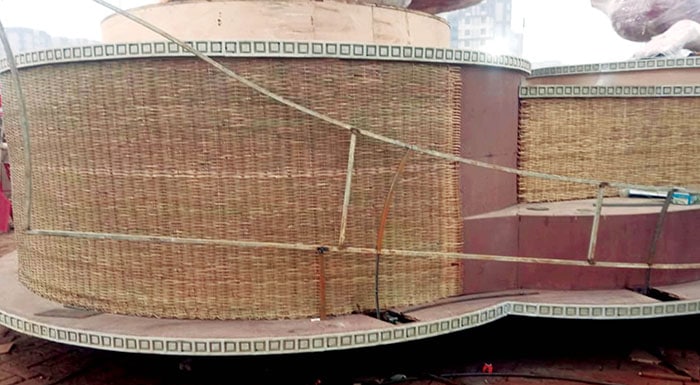
16 traditional handicraft products
The 45-feet long, 16-feet high and 14-feet wide tableau showcased 16 traditional handicraft products that have received the Geographical Indication tag. The coastal traditions of the State also found a place on the tableau in the form of Yakshagana models and bronze face masks used in ‘bhootha aradhane’ (devil worship).
A mammoth Mysuru elephant with rosewood inlay carvings led the tableau which also featured Ganjifa cards, Bronzeware, Kinhal toys, Kolhapuri slippers and Mysore traditional paintings. Various weaves were a part of this artistic presentation including the Navalgund Jamkhana, Gulledgud Khana, the Ilkal, Molakalmuru and Udupi sarees, Mysore Silk, along with traditional Kasuti and Sandur Lambani embroidery.
The central portion had a huge vase depicting Bidri carving and two large peacocks were placed behind. At the end of the central portion was a large installation of Hanuman depicting Kinhala artwork which was surrounded by Channapatna toys, lacquerware toys, Navalgund fabric and sandalwood carvings and terracotta articles.

From BEML to art
After completing his ITI in Hassan, Akmal Pasha got a job in KGF where he pursued his passion for art and drama. He worked backstage creating various artefacts and visual appeal objects that fit into the theme of the dramas. Later he was transferred to BEML and in 1991 he designed certain ‘Jumboo Savari’ tableaux. He did this task for 10 years and later joined Shashidhar Adapa’s team. In 2000, he visited New Delhi to prepare the Republic Day tableaux and has never looked back since then. Akmal Pasha is a constant feature in the nation’s capital when it comes to Karnataka tableaux. He has been awarded by the Karnataka Nataka Academy in 2013 and has also bagged CGK award in 2015.
Pasha has been designing Karnataka tableaux in Delhi for 13 years under the guidance of Adapa. This year, Pasha and team left Mysuru to New Delhi on Dec. 23 and worked tirelessly to make the culture tableaux a reality. Commenting on the overall Karnataka tableau this year, Pasha said that the design will bag the best tableau award this year. Online voting is open till Jan. 31 and after that, the winner will be decided, he added.



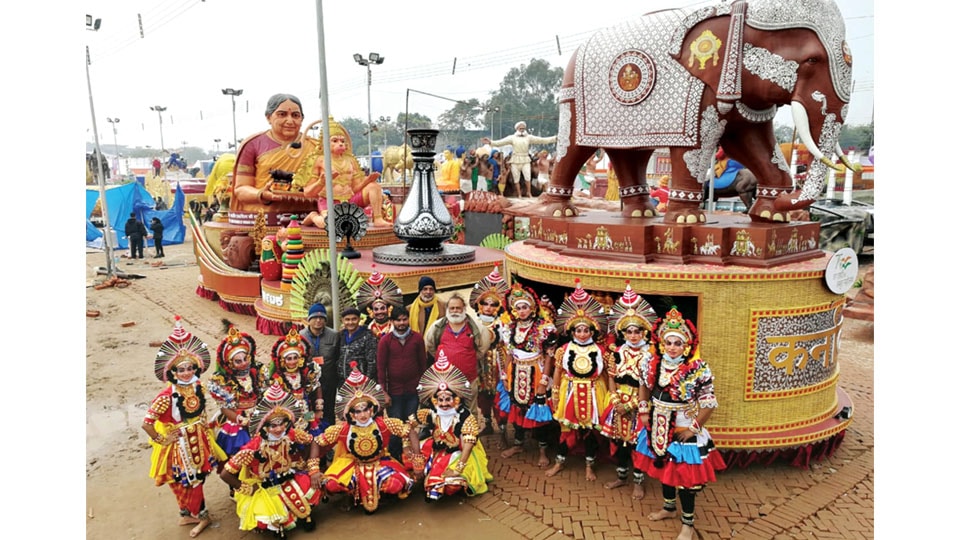
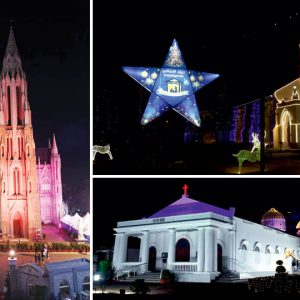
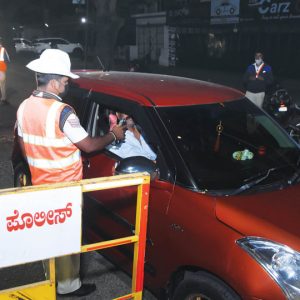

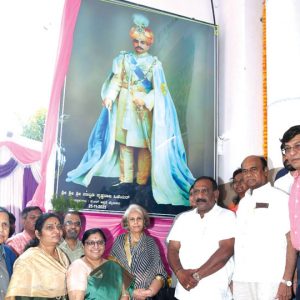
Excellent! Congratulations!!!
@boregowda
Gowdare, that is a mere ritual observation. You completely missed , not surprisingly, appreciating the traditional craftmanship
that this tableaux exemplifies that is quintessentially Mysorean -that is, ,if you know the history of traditional craftmanship that flourished in Royal Mysore.